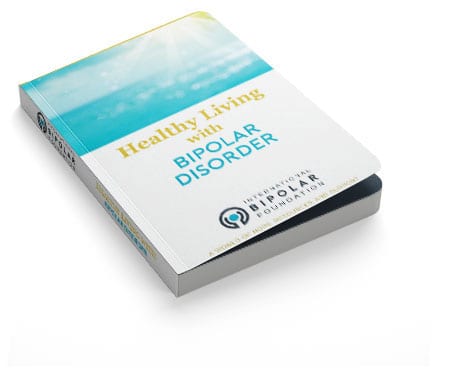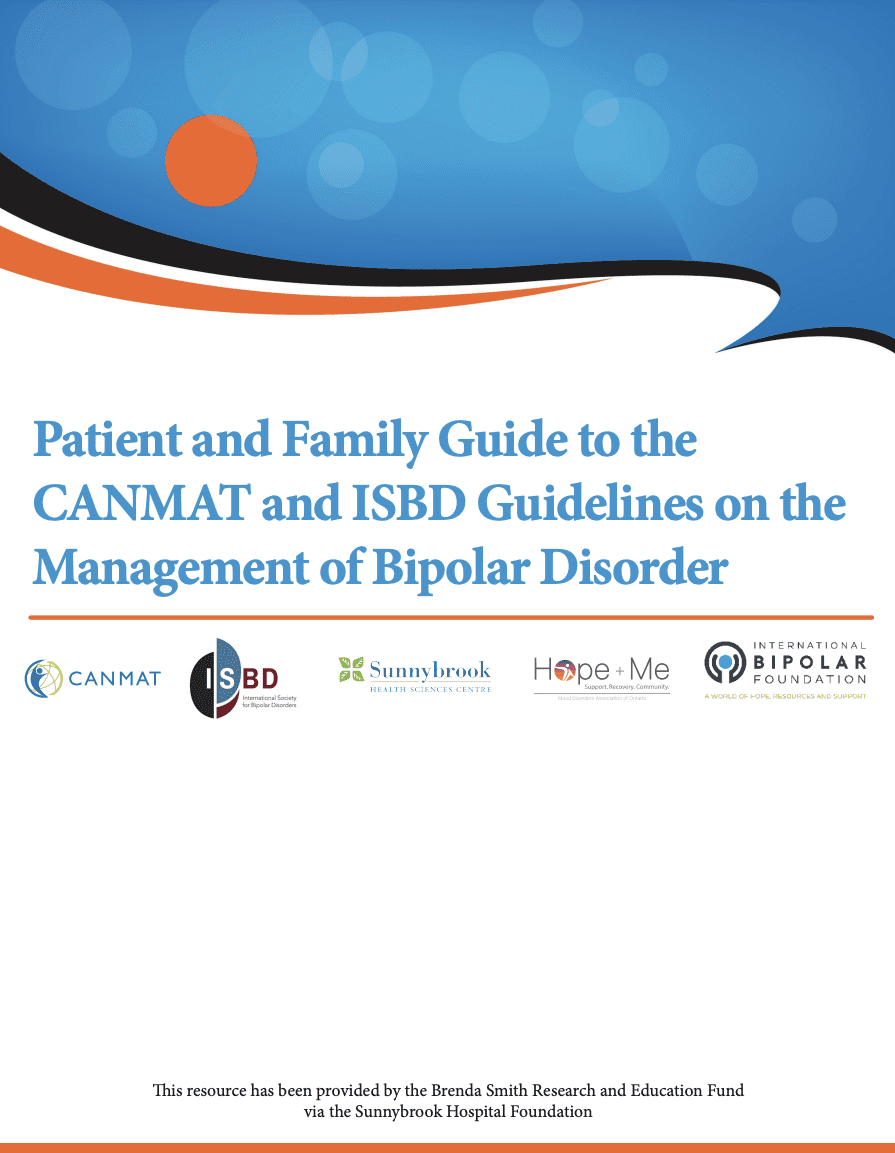What is Bipolar Disorder?
About Bipolar Disorder
Bipolar disorder, formerly known as manic-depressive illness, is a brain disorder that causes unusual shifts in a person’s mood, energy, and ability to function. Different from the normal ups and downs that everyone goes through, the symptoms of bipolar disorder are severe. Untreated bipolar disorder can result in poor job or school performance, damaged relationships, and even suicide. Here is good news: bipolar disorder is very treatable, and people with this illness can lead full and productive lives.
About 5.7 million American adults, or about 2.6 percent of the population, age 18 and older in any given year, have bipolar disorder. Bipolar disorder typically develops in late adolescence or early adulthood. However, some people have their first symptoms during childhood, and some develop them late in life. It is often not recognized as an illness, and people may suffer for years before it is properly diagnosed and treated. Like diabetes or heart disease, bipolar disorder is a long-term illness that must be carefully managed throughout a person’s life.
A mild to moderate level of mania is called hypomania. Hypomania may feel good to the person who experiences it and may even be associated with good functioning and enhanced productivity. Thus even when family and friends learn to recognize the mood swings as possible bipolar disorder, the person may not recognize that anything is wrong. Without proper treatment, however, hypomania can become severe mania in some people or can be followed by depression.
Severe episodes of mania or depression can include symptoms of psychosis. In periods of psychosis a person may show signs of being out of touch with reality, and may say, hear, see, or believe things that don’t match reality. Hallucinations include hearing, seeing, or otherwise sensing the presence of things not actually there and delusions are false, strongly held beliefs not influenced by logical reasoning or explained by a person’s usual cultural concepts. For example, delusions of grandiosity, such as believing one is the President or has special powers or wealth, may occur during mania; delusions of guilt or worthlessness, such as believing that one is ruined and penniless or has committed some terrible crime, may appear during depression. People with bipolar disorder who have these symptoms are sometimes incorrectly diagnosed as having schizophrenia, a different mental illness.
- Increased energy, activity, and restlessness
- Excessively “high,” overly good, euphoric mood
- Extreme irritability
- Racing thoughts and talking very fast, jumping from one idea to another
- Distractibility, can’t concentrate well
- Little sleep needed
- Unrealistic beliefs in one’s abilities and powers
- Poor judgment
- Spending sprees
- A lasting period of behavior that is different from usual
- Increased sexual drive
- Abuse of drugs, particularly cocaine, alcohol, and sleeping medications
- Provocative, intrusive, or aggressive behavior
- Denial that anything is wrong
A manic episode is diagnosed if elevated mood occurs with three or more of the other symptoms most of the day, nearly every day, for 1 week or longer. If the mood is irritable, four additional symptoms must be present.
- Poor appetite or eating too much
- Trouble sleeping or sleeping too much
- Nervousness and worry
- Loss of interest in and withdrawal from usual activities
- Feelings of sadness that don’t go away
- Irritability or restlessness
- Lack of energy
- Feelings of sadness, worthlessness or guilt
- Inability to think or concentrate
- Repeated thoughts of death or suicide
- Chronic pain or other physical problems that don’t respond to treatment
- Increased risk-taking behavior, including reckless driving or substance abuse
Causes of Bipolar Disorder
Because bipolar disorder can tends to run in families, researchers have been searching for specific genes—the microscopic “building blocks” of DNA inside all cells that influence how the body and mind work and grow. Genetics play a part but are not the whole story. In addition, findings from gene research suggest that bipolar disorder, like other mental illnesses, does not occur because of a single gene. It appears likely that many different genes act together, and in combination with other factors of the person or the person’s environment, to cause bipolar disorder. Finding these genes, each of which contributes only a small amount toward the vulnerability to bipolar disorder, has been extremely difficult. But scientists expect that the advanced research tools now being used will lead to these discoveries and to new and better treatments for bipolar disorder.
Brain-imaging studies are helping scientists learn what goes wrong in the brain to produce bipolar disorder and other mental illnesses. New brain-imaging techniques allow researchers to take pictures of the living brain at work, to examine its structure and activity, without the need for surgery or other invasive procedures. These techniques include magnetic resonance imaging (MRI), positron emission tomography (PET), and functional magnetic resonance imaging (fMRI). There is evidence from imaging studies that the brains of people with bipolar disorder may differ from the brains of healthy individuals. As the differences are more clearly identified and defined through research, scientists will gain a better understanding of the underlying causes of the illness, and eventually may be able to predict which types of treatment will work most effectively.
Course of Bipolar Disorder
The classic form of the illness, which involves recurrent episodes of mania and depression, is called bipolar I disorder. Some people, however, never develop severe mania but instead experience milder episodes of hypomania that alternate with depression; this form of the illness is called bipolar II disorder. When four or more episodes of illness occur within a 12-month period, a person is said to have rapid-cycling bipolar disorder. Some people experience multiple episodes within a single week, or even within a single day. Rapid cycling tends to develop later in the course of illness and is more common among women than among men.
The vast majority of people with bipolar disorder can lead healthy and productive lives when the illness is effectively treated. Without treatment, however, the natural course of bipolar disorder tends to worsen. Over time a person may suffer more frequent (rapid-cycling) and more severe manic and depressive episodes than those experienced when the illness first appeared. But in most cases, proper treatment helps to reduce the frequency and severity of episodes and can help people with bipolar disorder maintain a good quality of life.
Children and Adolescents
 Both children and adolescents can develop bipolar disorder. It is more likely to affect the children of parents who have the illness. Unlike many adults with bipolar disorder, whose episodes tend to be more clearly defined, children and young adolescents with the illness often experience very fast mood swings between depression and mania many times within a day. Children with mania are more likely to be irritable and prone to destructive tantrums than to be overly happy and elated. Mixed symptoms also are common in youths with bipolar disorder. Older adolescents who develop the illness may have more classic, adult-type episodes and symptoms.
Both children and adolescents can develop bipolar disorder. It is more likely to affect the children of parents who have the illness. Unlike many adults with bipolar disorder, whose episodes tend to be more clearly defined, children and young adolescents with the illness often experience very fast mood swings between depression and mania many times within a day. Children with mania are more likely to be irritable and prone to destructive tantrums than to be overly happy and elated. Mixed symptoms also are common in youths with bipolar disorder. Older adolescents who develop the illness may have more classic, adult-type episodes and symptoms.
Bipolar disorder in children and adolescents can be hard to tell apart from other problems that may occur in these age groups. For example, while irritability and aggressiveness can indicate bipolar disorder, they also can be symptoms of attention deficit hyperactivity disorder, conduct disorder, oppositional defiant disorder, or other types of mental disorders more common among adults such as major depression or schizophrenia. Drug use can also cause such symptoms.
For any illness, however, effective treatment depends on appropriate diagnosis. Children or adolescents with emotional and behavioral symptoms should be carefully evaluated by a mental health professional. Any child or adolescent who has suicidal feelings, talks about suicide, or attempts suicide should receive immediate help from a mental health specialist.


